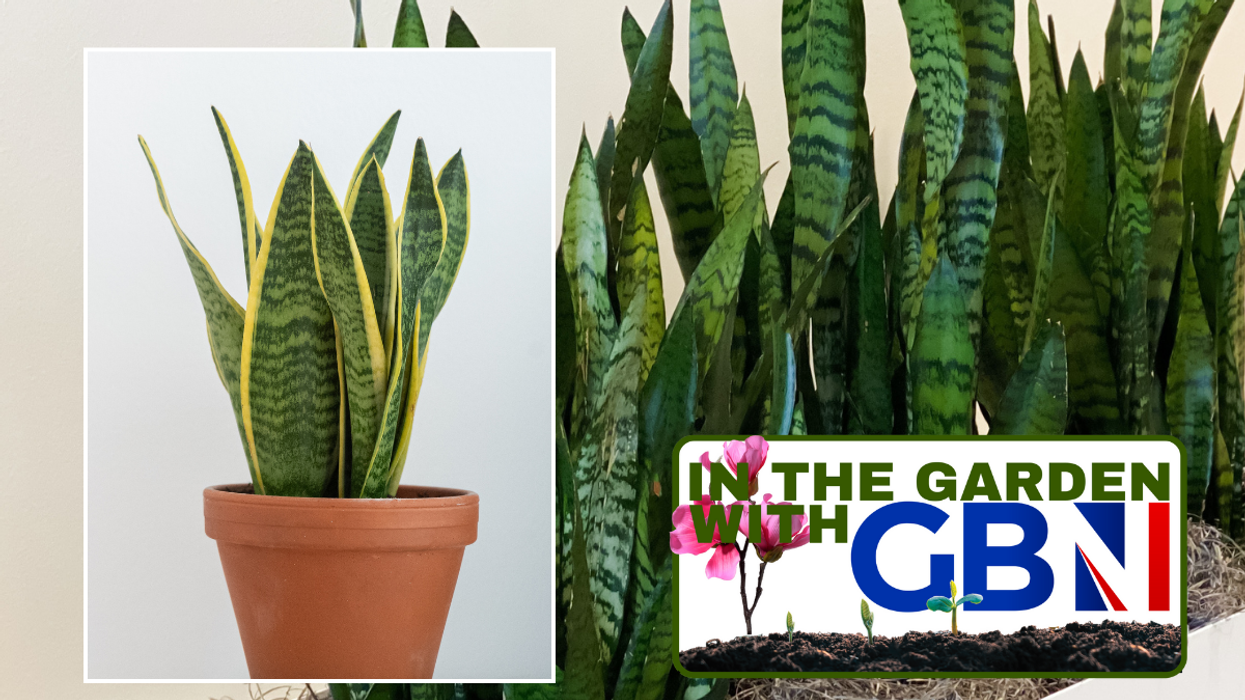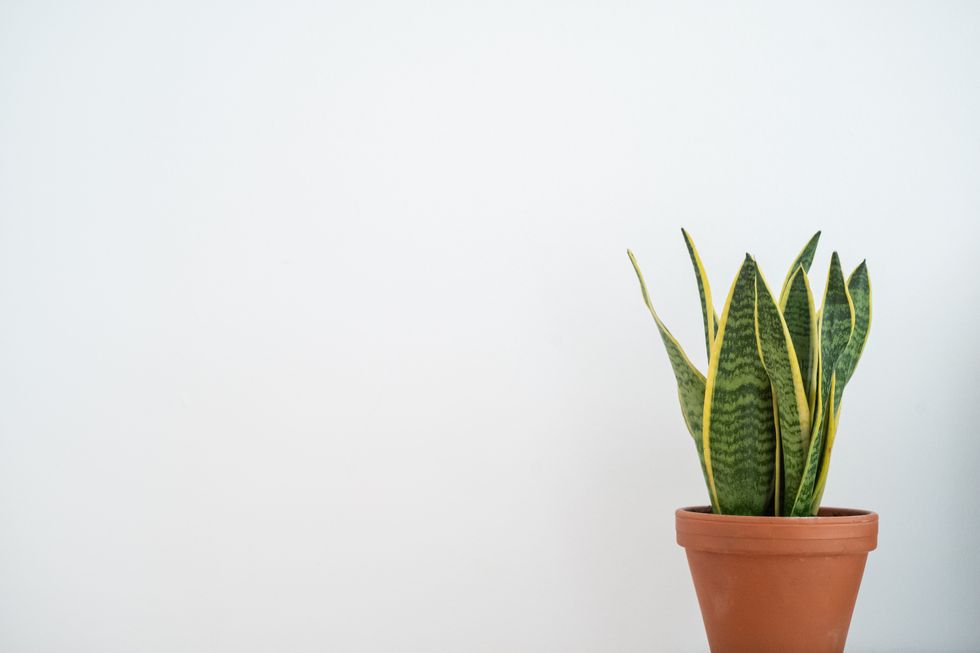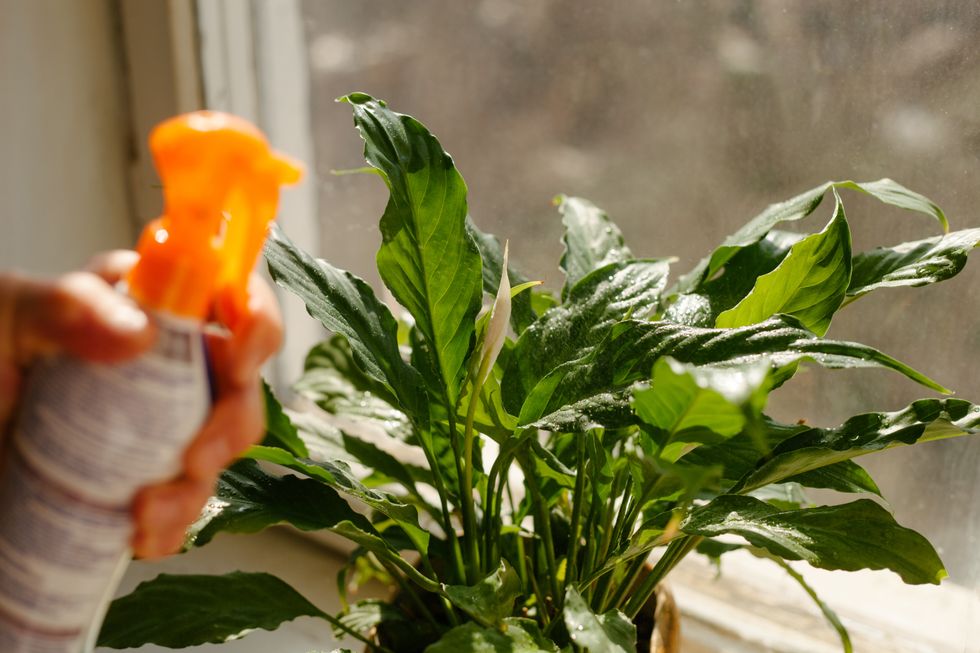Houseplants: Help your snake plants thrive and last for years with a 'key' care tip

Snake plants are easy to care for
|GETTY

GB News is sharing everything you need to know to make the most out of your garden and houseplants. This week, we share tips for caring for your sansevierias, or snake plants
Don't Miss
Most Read
Snake plants are great for adding some greenery to your indoor space, and they also provide a number of health benefits.
GB News is giving advice on helping your plants thrive at home, and not overwatering is "key" for their survival.
How to care for a snake plant
Owner of Outdoor Fountain Pros Loren Taylor discussed the plants.
He told GB News: "Snake plants, also known as sansevieria, are one of my favourites due to their hardiness and low-maintenance nature. When it comes to light, snake plants are pretty easygoing.

Experts shared care tips
|GETTY
"They prefer bright, indirect sunlight, but they can handle some direct sun or even low-light conditions. Just be careful not to leave them in intense direct sunlight for too long, as it can burn their leaves."
During the summer months - and even into autumn - you can give your plants a boost by moving them outdoors, according to experts at Hammonds Fitted Furniture.
They said: "One of the most visually striking plants in any homeowner's collection, the humble snake plant is well known for its air purifying capabilities and is one of the best plants to move outdoors in the summer.
"One of the main reasons is that they require minimal watering, and they can also acclimate extremely quickly to different temperatures.
"Keep outside until autumn, when temperatures drop to 10°C, and then move back into your home to help purify the air indoors during the winter months."
How you care for snake plants in winter needs to change. Snake plants are low-maintenance in winter and can go long periods without being watered.
The experts continued: "As a natural air purifier, snake plants are a particularly popular choice in bedrooms because they add oxygen to the air which can help you sleep better. Furthermore, they generally do not require much care and can withstand long periods without watering."
Gardening and plant expert at MyJobQuote.co.uk Fiona Jenkins added: "Snake plants don’t require much watering at all over winter. They’re susceptible to root rot, so be sure that the compost is completely dry before watering. Watering in a bath or sink is ideal, so you can let the water drain out before placing it back in its usual position.
“They’re not as sensitive to dry air or draughts, so they don’t need misting. But snake plants do like as much indirect sun as possible. Wiping their leaves to prevent dust build-up will help with this.”
Loren agreed, stating: "The key to keeping snake plants happy is not overwatering them. Let the soil dry out completely between waterings. I usually water mine every two to eight weeks, depending on the season and how humid it is.
"During winter, I cut back on watering since the plant grows more slowly. When it comes to soil, use a well-draining potting mix, like cactus soil.
"This helps prevent water from sitting around the roots, which can lead to rot. Avoid soil with lots of peat, as it holds onto too much moisture."
Opt for warmer spots in the home but keep your plants out of direct sunlight, the expert warned.
Loren continued: "Snake plants like temperatures between 16°C to 32°C. Keep them away from cold drafts.
LATEST DEVELOPMENTS

Different houseplants have different care needs
| GETTY"They're fine with normal household humidity, but they really thrive when the humidity is around 40 per cent.
"For fertilisation, I feed my snake plants twice a year - once in spring and once in mid-summer. I use a balanced, slow-release fertiliser diluted to half-strength. Don't fertilise in winter when the plant isn't growing much."
He shared further advice if you are looking to propagate your plants, adding: "If you want more snake plants, you can easily propagate them through leaf cuttings or division. Spring or summer is the best time to do this.
"When it comes to common problems, yellow leaves might indicate overwatering, while wrinkled leaves could mean the plant needs more water or humidity. If you spot pests like mealybugs, treat them with insecticidal soap or neem oil."










